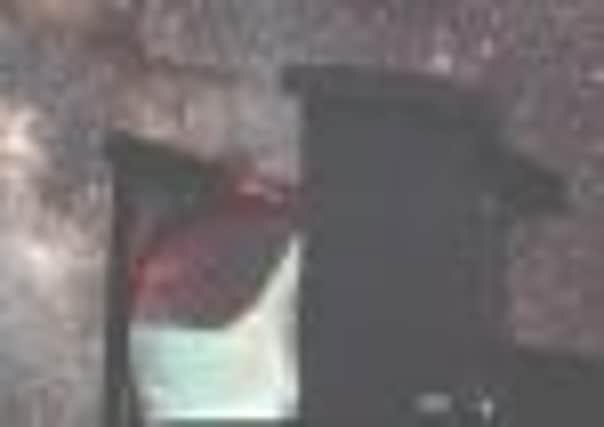Scots scientists to gaze into the unknown with Big Bang camera


The £15 million SCUBA-2, now installed as part of the world’s largest astronomical telescope in Hawaii, can penetrate thick walls of galactic dust to see into the furthest reaches of space, where stars are born.
The camera is the largest and most powerful submillimetre instrument in the world. It can map areas of the sky hundreds of times faster than existing models, allowing astronomers to study stars, planets and galaxies up to 31 million light years from Earth.
Advertisement
Hide AdAdvertisement
Hide AdUnlike the cameras attached to the Hubble and Herschel telescopes, the highly sensitive SCUBA-2 can shed light on the darkest pockets of the universe where vast amounts of cold dust absorb light. It will allow scientists to gather previously inaccessible data about the evolution of galaxies since the Big Bang.
Professor Ian Robson, director of the UK Astronomy Technology Centre (UKATC), based at the Royal Observatory in Edinburgh, described SCUBA-2 as “a big quantum leap to discover the unknown”. The camera, whose full name is Submillimetre Common User Bolometer-2, replaces SCUBA, also built in Edinburgh, which in turn evolved from a camera called UKT14.
Robson said: “UKT14 was like an old brick phone, SCUBA was like an iPhone and SCUBA-2 which is really ‘Son of SCUBA’ is like an iPad. But this was altogether much harder than SCUBA, one of the most challenging projects we’ve been involved in. It was always very high risk, very high gain.”
Around a dozen scientists worked on the project in a large laboratory on Blackford Hill. It took almost a decade to design and construct the four-tonne, three-metre tall camera. In order for the camera to detect the faint submillimetre wavelengths that resonate through space, the scientists had to devise a method of cooling the device to just one-tenth of a degree above absolute zero (–273.05°C), which eliminated interference from Earth-bound energy sources. Robson says it is now “the coldest cubic metre in the universe”.
SCUBA-2 project scientist Professor Wayne Holland, of UK ATC, said the ultimate aim was to produce “an Atlas of the sky revealing hidden galaxies”.
“There is a lot of competition in astronomy and if you’re not first with something then you’re nothing,” he said.
“With SCUBA, it typically took 20 nights to image an area about the size of the full moon. SCUBA-2 will be able to cover the same area in a couple of hours and go much deeper, allowing us to detect faint objects that have never been seen before.”
Dr Jane Greaves, reader in physics at the University of St Andrews and a submillmetre observational scientist who has worked as an instrument scientist at the James Clerk Maxwell Telescope in Hawaii, said: “SCUBA-2 will give us the first chance to look at nearby stars to see if they are like our own solar system. We’ll also be able to look at stars which we think may have very large belts of comets orbiting around them. SCUBA-2 will be able to detect small rocky particles created by collisions. This is a particularly fascinating question as we think the sun shed much of its comets billions of years ago, making life safer for us,” she said.
Advertisement
Hide AdAdvertisement
Hide AdRobson paid tribute to the scientists behind the project, saying: “Scots scientists are the best in the world at designing this type of technology because of being pioneers of the very earliest projects of this kind and they have kept in the lead.”
Robson, who was director of the observatory in Hawaii when the original SCUBA was shipped from Scotland, added: “I remember being quite emotional when I saw its predecessor SCUBA arriving in Hawaii. It was the most special package we’d ever received.
“The fact that it is installed alongside a telescope named after James Clerk Maxwell [Scottish mathematical physicist] reinforces the Scottish connection. In the field of physics he is absolutely revered and his laws of electromagnetism provided the foundation for the work Einstein developed in relativity.”
The UK ATC was the lead partner on SCUBA-2, mostly funded by the UK government with additional funding from the Canadian and Dutch governments. Other institutions involved in the project included the universities of Edinburgh, Cardiff and Waterloo in Canada.